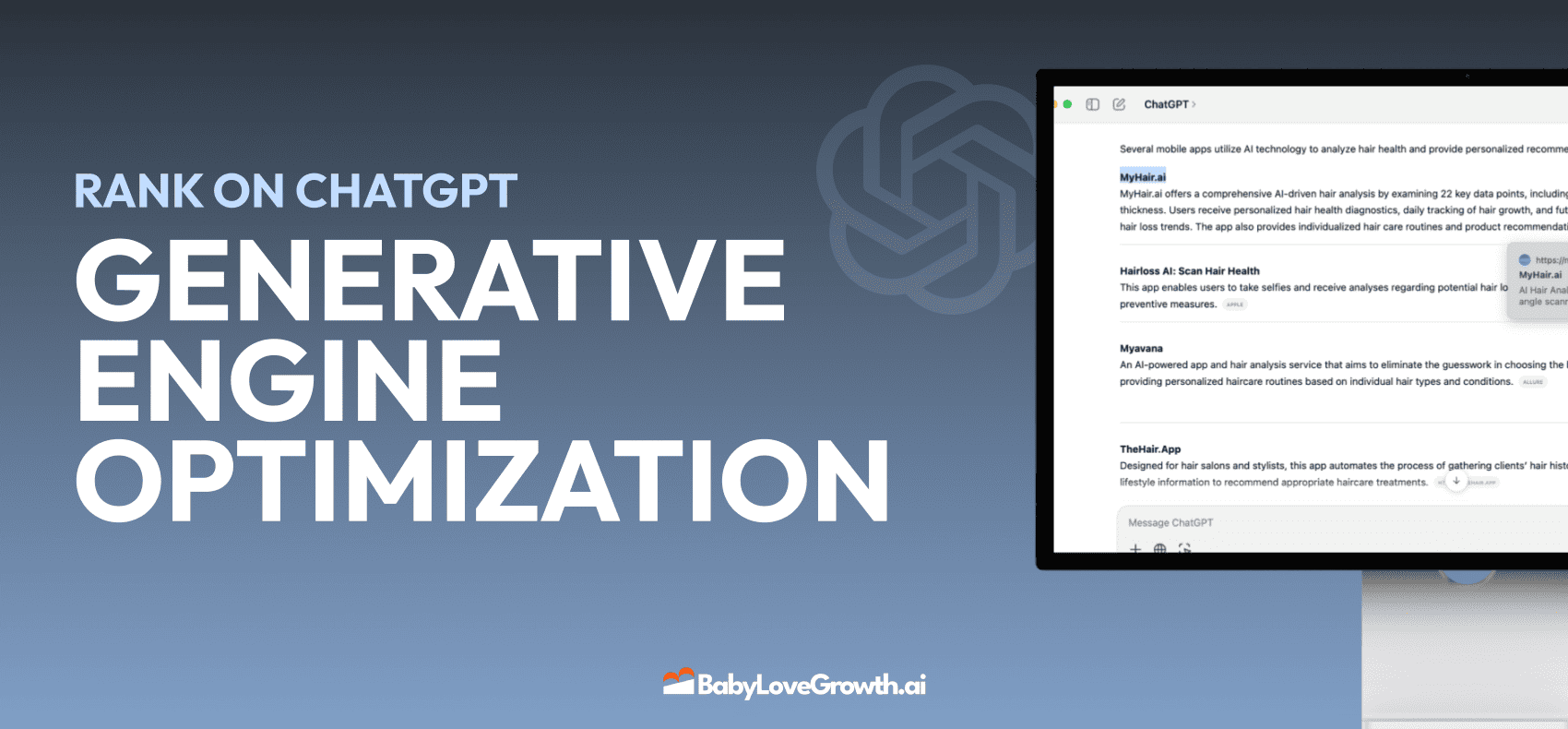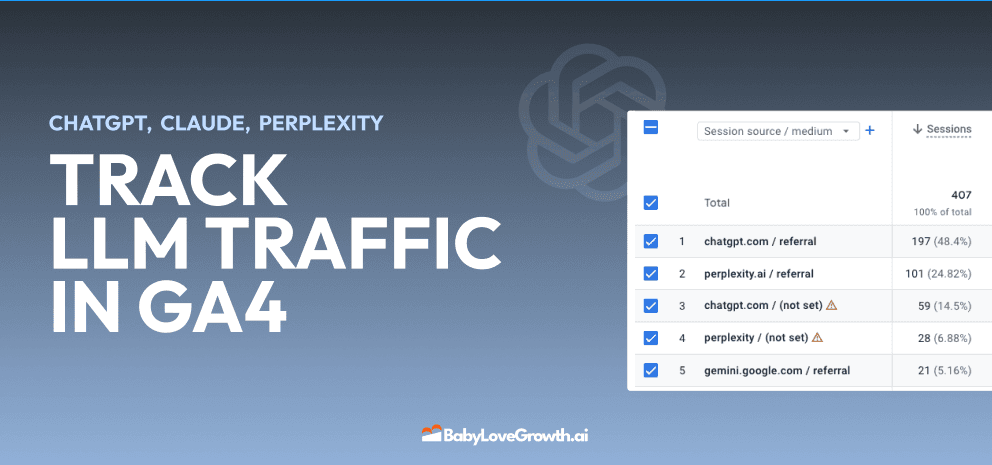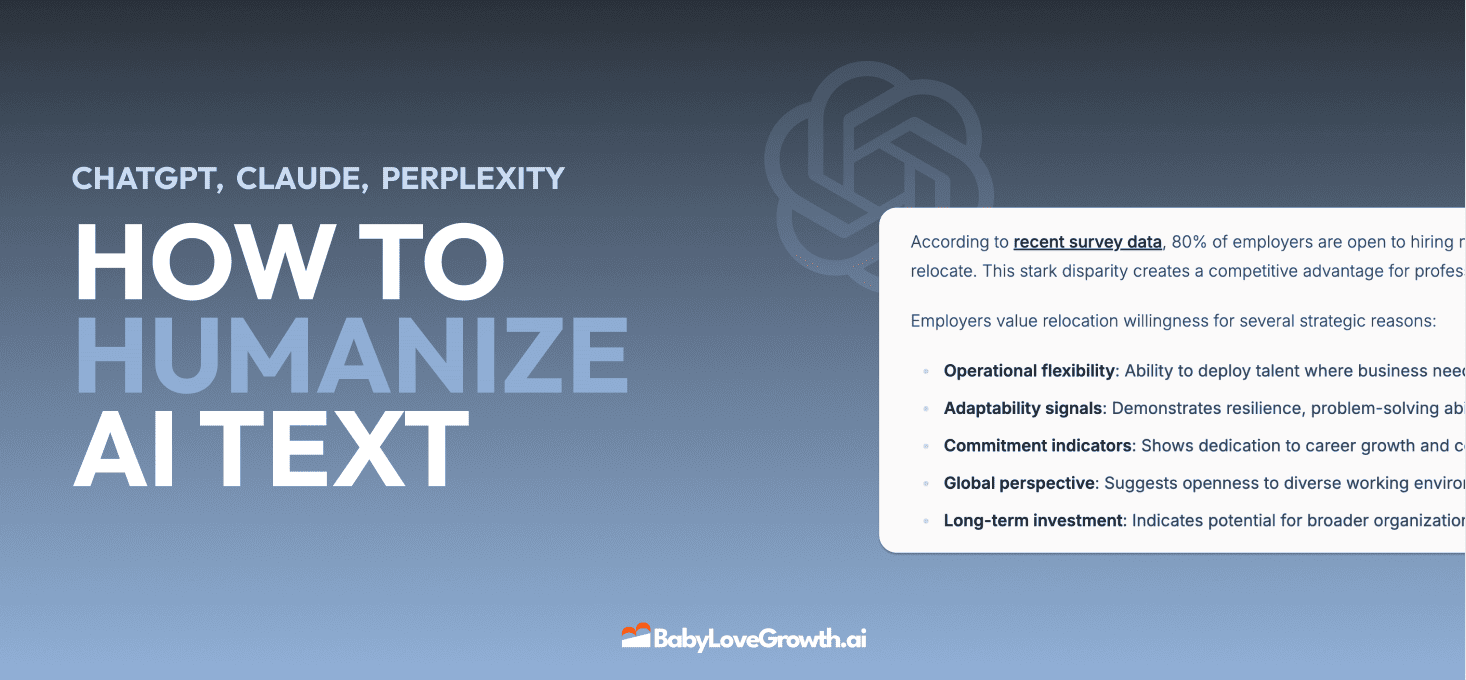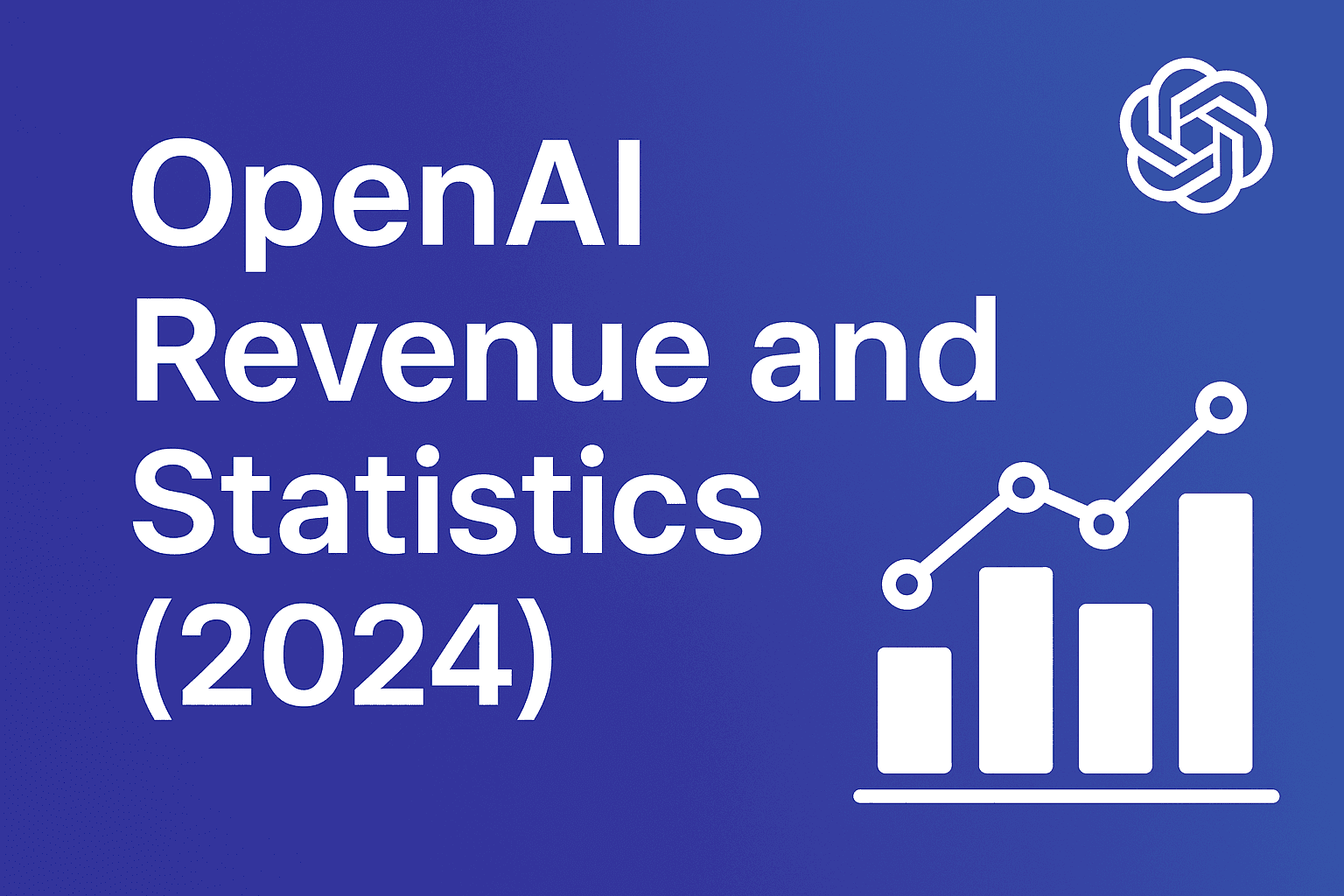Understanding Search Intent Optimization for Better SEO


Search intent optimization is shaping how websites deliver information to users. One study found that businesses using search intent strategies can see a significant jump in website conversion rates and digital marketing ROI. That sounds impressive, right? Yet most people focus just on keywords and ignore what users really want when they type in a question. Understanding what drives a search is now the key difference between pages that get seen and pages that get overlooked.
Table of Contents
- What Is Search Intent Optimization?
- Why Search Intent Matters For Your Business
- How Search Intent Influences SEO Strategies
- Key Concepts Of Search Intent Optimization
- Real-World Applications Of Search Intent Optimization
Quick Summary
| Takeaway | Explanation |
|---|---|
| Understand different search intent types | Identifying whether users have informational, navigational, commercial, or transactional intent helps tailor content effectively. |
| Align content with user expectations | Producing content that addresses users' specific needs improves engagement, conversion rates, and overall user experience. |
| Enhance SEO with intent optimization | Search engines prioritize content closely matching user intent, making it essential for improving organic visibility and rankings. |
| Utilize intent-driven strategies across industries | Different sectors can adopt targeted content strategies to effectively meet unique user motivations and competitive dynamics. |
| Continuously refine your strategies | As user behaviors evolve, regularly updating optimization tactics helps maintain relevance and effectiveness in the digital space. |
What is Search Intent Optimization?
Search intent optimization represents a strategic approach to understanding and aligning digital content with the specific goals and expectations users have when conducting online searches. At its core, this technique focuses on deciphering the underlying motivations behind search queries and crafting content that precisely matches user needs.
Understanding the Core Concept
Search intent optimization goes beyond traditional keyword matching. It involves analyzing the deeper purpose behind a user's search, which typically falls into four primary categories:
- Informational Intent: Users seeking knowledge or answers to specific questions
- Navigational Intent: Users looking to find a particular website or webpage
- Commercial Investigation Intent: Users researching products or services before making a purchase
- Transactional Intent: Users ready to complete a purchase or take a specific action
By recognizing these distinct intent types, businesses can develop more targeted content strategies that directly address user expectations.
Below is a table summarizing the four main types of user search intent along with their definitions and examples to clarify how each intent guides content strategy.
| Search Intent Type | Definition | Example Query |
|---|---|---|
| Informational Intent | Seeking knowledge or answers to specific questions | "How does SEO work?" |
| Navigational Intent | Looking to find a particular website or webpage | "Facebook login page" |
| Commercial Investigation | Researching products or services before making a purchase | "Best laptops for students 2024" |
| Transactional Intent | Ready to complete a purchase or take a specific action | "Buy Nike running shoes online" |
Why Search Intent Matters
Effective search intent optimization offers multiple benefits for digital content creators and marketers. When content precisely matches user expectations, it significantly improves several critical metrics:
- Higher search engine rankings
- Increased user engagement
- Improved conversion rates
- Enhanced overall user experience
Search engines like Google have sophisticated algorithms that prioritize content relevance. By understanding and implementing search intent optimization, websites can signal to search engines that their content directly addresses user needs, thereby improving organic visibility and attracting more qualified traffic.
Why Search Intent Matters for Your Business
Search intent optimization is no longer a luxury but a critical strategy for businesses seeking to thrive in the digital marketplace. Understanding and leveraging user search motivations can transform how organizations approach their online content and marketing strategies.
Competitive Advantage in Digital Marketing
In an increasingly crowded digital landscape, businesses that master search intent optimization gain a significant competitive edge. By precisely aligning content with user expectations, companies can distinguish themselves from competitors who rely on generic, keyword-stuffed approaches. Discover advanced keyword research strategies that complement search intent optimization.
The benefits of this strategic approach are multifaceted:
- Enhanced User Experience: Content that directly answers user queries
- Improved Organic Visibility: Higher search engine rankings
- Increased Conversion Potential: More targeted traffic and engagement
- Cost-Effective Marketing: Reduced spending on ineffective content strategies
Economic Impact of Search Intent Understanding
According to research from the University of Minnesota, businesses that effectively implement search intent optimization can see significant improvements in their digital performance. The economic implications are substantial, with potential increases in:

- Website traffic
- User engagement rates
- Conversion percentages
- Overall digital marketing ROI
By treating search intent as a strategic asset, businesses transform their digital presence from passive information providers to proactive solution generators. This approach not only meets user needs but also positions organizations as authoritative and responsive entities in their respective industries.
How Search Intent Influences SEO Strategies
Search intent has become a fundamental cornerstone of modern SEO strategies, transforming how digital marketers and content creators approach online visibility. By understanding the intricate relationship between user motivations and search algorithms, businesses can develop more sophisticated and targeted digital marketing approaches.
Content Alignment and Ranking Dynamics
Search engines have evolved to prioritize content that demonstrates deep alignment with user intent. This means websites can no longer rely solely on keyword density or technical optimization. Instead, they must craft content that genuinely addresses user questions and provides comprehensive solutions. Learn more about SEO research techniques that enhance intent-driven content strategies.
The strategic implications of search intent include:
- Creating content that matches specific user query types
- Developing comprehensive and contextually relevant information
- Structuring content to answer potential user questions
- Providing clear, actionable insights within content
Algorithmic Understanding of User Motivation
According to research from the ACM Digital Library, modern search algorithms have become increasingly sophisticated in interpreting user intent. These algorithms analyze multiple signals to understand the underlying motivation behind a search query, including:
- Previous search history
- Contextual relevance
- User engagement metrics
- Geographic and demographic information
By comprehending these nuanced factors, search engines can deliver more precise and personalized results, making search intent optimization crucial for digital success. Businesses that can anticipate and address user needs will consistently outperform those using traditional, linear SEO approaches.
Key Concepts of Search Intent Optimization
Search intent optimization represents a sophisticated approach to digital content strategy that goes beyond traditional keyword targeting. By understanding the nuanced motivations driving user searches, businesses can create more meaningful and targeted online experiences.
Decoding User Search Motivations
Understanding the fundamental categories of search intent is crucial for developing effective optimization strategies. These categories help businesses anticipate and address user needs more precisely. Master advanced keyword optimization techniques to complement your search intent approach.
The primary search intent categories include:
![]()
- Informational Intent: Users seeking knowledge or answers
- Navigational Intent: Users trying to locate a specific website or resource
- Commercial Investigation Intent: Users comparing products or services
- Transactional Intent: Users prepared to make a purchase or complete an action
Technical Foundations of Intent Matching
According to research from the University of Minnesota, effective search intent optimization involves several critical technical considerations:
- Analyzing user query semantics
- Understanding contextual search signals
- Mapping content to specific user needs
- Evaluating user engagement metrics
Successful search intent optimization requires a holistic approach that combines technical understanding with creative content development. By treating search intent as a dynamic, evolving concept, businesses can create more responsive and user-centric digital experiences that adapt to changing online behaviors.
Here is a breakdown of the technical elements vital to effective search intent optimization, highlighting each component and its purpose in aligning content with actual user needs.
| Technical Element | Purpose |
|---|---|
| Analyzing user query semantics | To interpret the true meaning and context of search queries |
| Understanding contextual signals | To assess factors like location, device, and previous interactions |
| Mapping content to user needs | Ensures content directly answers users' motivations and questions |
| Evaluating user engagement metrics | Measures effectiveness by tracking how users interact with content |
| Adapting strategies continuously | Keeps optimization relevant as user behaviors evolve |
Real-World Applications of Search Intent Optimization
Search intent optimization transcends theoretical concepts, offering tangible benefits across various digital marketing and business strategies. By understanding and implementing precise intent-driven approaches, organizations can transform their online engagement and performance.
Industry-Specific Search Intent Strategies
Different industries leverage search intent optimization uniquely to address specific user needs and market dynamics. Explore advanced SEO strategies that adapt to diverse business contexts.
Practical applications span multiple sectors:
- E-commerce: Personalizing product recommendations based on user search behavior
- Healthcare: Creating targeted content addressing patient information queries
- Education: Developing learning resources matching student research intents
- Technology: Producing technical documentation aligned with user problem-solving searches
Predictive Search Optimization Techniques
According to innovative research from interactive search intent studies, organizations can implement advanced techniques to predict and satisfy user information needs:
- Incorporating user-provided contextual search parameters
- Developing dynamic content adaptation mechanisms
- Creating flexible search experience frameworks
- Implementing intelligent intent prediction models
Successful search intent optimization requires continuous refinement and a deep understanding of evolving user behaviors. By treating search intent as a dynamic, responsive system, businesses can create more intuitive, user-centric digital experiences that anticipate and fulfill user needs before they are explicitly articulated.
Turn Search Intent Insights into Real Organic Growth for Your Business
Are you feeling overwhelmed by the complexity of SEO and the challenge of matching your content with real user intent? The article "Understanding Search Intent Optimization for Better SEO" highlights how simply targeting keywords is not enough anymore. You need to connect your content directly to what your audience truly wants. Ignoring search intent leads to wasted effort, poor rankings, and low engagement.

Imagine if you could automate the entire process without spending hours on technical research or outsourcing to costly agencies. With Babylovegrowth.ai, you can apply advanced search intent optimization using AI-driven content, a 30-day custom content plan, and genuine backlinks. Say goodbye to guesswork and start building content that both Google and your customers love. Ready to see how bridging user intent with your SEO will unlock faster organic results? Try our free trial at Babylovegrowth.ai and see your business rank higher by meeting real user needs today.
Frequently Asked Questions
What is search intent optimization?
Search intent optimization is a strategy that aligns digital content with users' specific goals and expectations when conducting online searches. It focuses on understanding the motivations behind search queries to create content that meets user needs.
Why is search intent important for SEO?
Search intent is crucial for SEO because it enhances content relevance. When content matches user expectations, it can lead to higher search engine rankings, increased user engagement, and improved conversion rates, thus boosting overall online visibility.
How can I determine the search intent behind a keyword?
To determine search intent, analyze the keyword context, categorize it into informational, navigational, commercial investigation, or transactional intent, and observe related queries and user behavior on search engines to understand what users are looking for.
What types of content should I create based on different search intents?
Based on different search intents:
- For informational intent, create articles or how-to guides.
- For navigational intent, focus on landing pages that direct users to specific content.
- For commercial investigation, write comparison reviews or product summaries.
- For transactional intent, develop clear product pages and calls-to-action to facilitate purchases.
Recommended
Smart SEO,
Faster Growth!
Most Read Articles

Generative Engine Optimization (GEO)
Learn how Generative Engine Optimization (GEO) helps your content rank in AI search engines like ChatGPT and Google AI. This comprehensive guide explains the differences between SEO and GEO, why it matters for your business, and practical steps to implement GEO strategies for better visibility in AI-generated responses.

Track LLM Traffic in Google Analytics 4 (GA4)
Learn how to track and analyze traffic from AI sources like ChatGPT, Claude, Perplexity, and Google Gemini in Google Analytics 4. This step-by-step guide shows you how to set up custom filters to monitor AI-driven traffic and make data-driven decisions for your content strategy.

How to Humanize AI Text with Instructions
Learn practical techniques to make AI-generated content sound more natural and human. This guide covers active voice, direct addressing, concise writing, and other proven strategies to transform robotic text into engaging content.

Open AI Revenue and Statistics (2024)
Comprehensive analysis of OpenAI financial performance, user engagement, and market position in 2023. Discover key statistics including $20B valuation, $1B projected revenue, and 100M+ monthly active users.